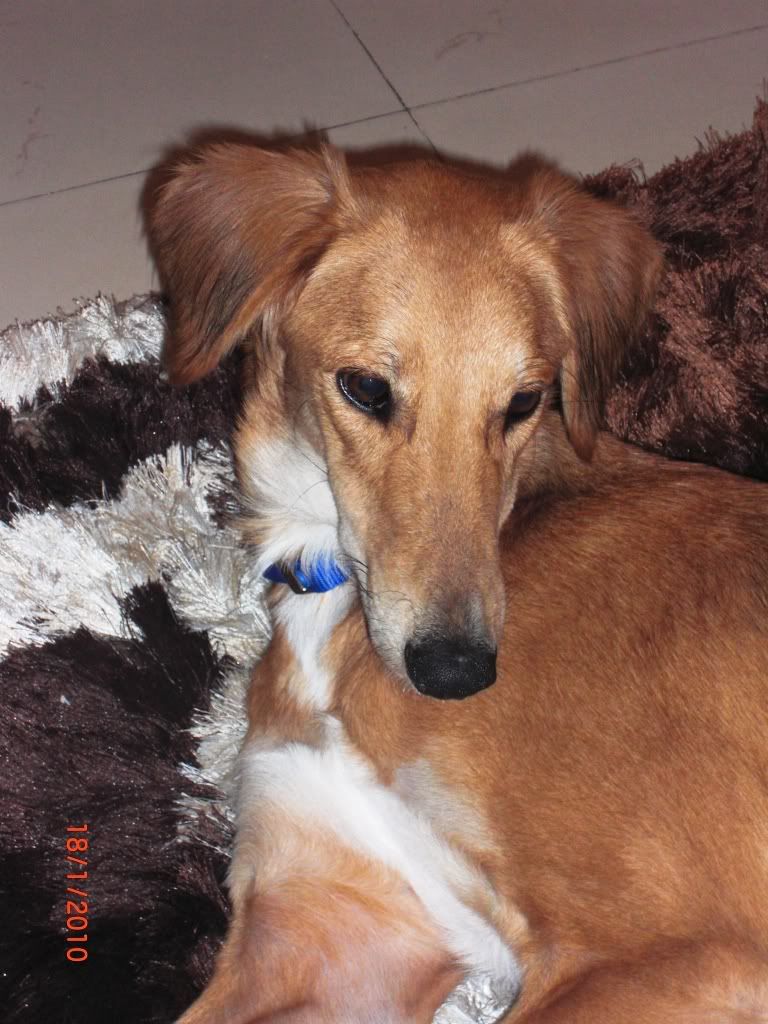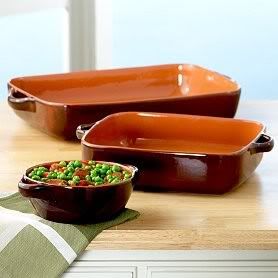Pet massage contributes to dog wellness by treating tissue inflammation and preventing secondary composition in the animal's body. For dog owners this is a good thing to know and making pet massage a regular part of your pets life could mean the difference between an elderly animal that is strong for his age or an animal that is susceptible to arthritis and joint diseases, and as we all know these are areas of an elderly animal that usually requires he be euthanized in order to prevent suffering. Medication helps for a while but only to a point, and the animal very quickly begins to deteriorate.
Dr. Andrew Jones, DVM and author of Veterinary Secrets Revealed, has been kind enough to give me a list of valuable components of pet massage that all pet owners should be aware of and all pets should have the pleasure of benefiting from.
Key Points
- Massage therapy works in a variety of ways
- Repetitive low loads on muscle allows tissue elongation
- Assists in moving fluid through the lymphatic system
- Removes and replenishes tissue fluid
- Improves movement in abnormal tissue (scars, adhesions)
- Effect on mechanoreceptors may alter pain perception
- The effects on cortisol, serotonin, dopamine, and norepinephrine levels have not been conclusively explained
- Appropriate massage touch has many healing properties, although the methods are not always known
There are multiple types of massage strokes and techniques--we will discuss the most commonly used ones for small animals.
- Contact should always be maintained between the massage therapist's hand and the patient.
- Stroking
- Superficial, relaxed long movement with the tips of fingers or palms of hands
- Very light pressure--.5-1 lb
- Slow speed, 1 stroke every 3-6 seconds
- Along length of muscles, in same direction hair grows
- Used for soothing and calming effect
- Most common move
- Typically used every second move, at beginning and end of massage
- Always use this stroke in direction of heart
- Increases venous and lymphatic flow
- Stretches muscle fibers
- Relaxes muscles
- Gliding motion with whole hand, with thumb following fingers
- Use one or both hands with even pressure over muscles
- Stroke every 2-3 seconds
- Pressure applied can vary
- Light pressure, 2-3 lbs, is soothing
- Heavy pressure (10-15 lbs) has significant effect on circulation
- Can be done very rapidly to warm up for exercise
- Foundation of massage
- Kneading, muscles squeezing, compression, wringing up, and skin rolling\
- Soothing at 1 stroke per second
- Stimulating at 2-4 strokes per second (athletic warm-up)
- Intermittent pressure and relaxation
- Performed with thumbs or palmar surface of three fingers
- Rhythmic, circular movements, small circles
- Start at 2-3 lb pressure
- In large muscles may gradually increase pressure to 5-12 lbs
- Intersperse with effleurage
- Use palm of hand or lightly clenched fist, alternating hands in rhythm
- Use only on large muscle groups of large dogs
- Use caution with increased pressure
- Alternate with effleurage
- Relaxes tense muscles
- Used on neck, back and leg muscles
- Movement of hand is between extended fingers and heel of hand
- Start gently with 5-10 lb pressure
- Use in slow rhythm, 1 per second
- Fast rhythm, 2-4 per second for athletic warm-up
- Used on shoulders, neck and back
- Increases circulation, relaxes muscles
- Performed with palms, thumbs abducted at 90 degree angle
- Both hands flat on body part, then wring muscle from side to side
- Start at 2 lb pressure, gradually increase depending on muscle mass and size
- Slow rhythm of 1 stroke or less per second
- Helpful in maintaining skin elasticity and to prevent adhesion's
- Lift skin between fingers and thumbs, push thumbs towards fingers
- Performed slowly and lightly--no more than 2 lb pressure at most
Pet massage also holds value for dog and owner when it comes to distressing, as it aids in relaxation for both the animal and the person applying the massage. I personally love massaging my Saluki. I find it relaxing and a good way to spend some extra time with my dog, particularly during those times when I am busy beyond understanding. If you have older children, from the age of 7 onwards, it is a great way for your child to learn pet care and understand all the tasks involved in keeping his pet healthy now and for the future.
Tip: If your dog has an injury it is important that you have him checked out by a vet before applying massage. Otherwise, learned massage techniques can be used on a well dog in order to help prevent injuries, arthritis and joint disease.
There is no need for any pet owner to indulge in expensive massage therapies. Many dog wellness practices can be done at home and by the pets owner, and one of these is pet massage. Simply learn the massage techniques then apply your new found knowledge to your pet.
Helpful links
Dog Massage
Cat Massage





















































Wonderful post, thanks for sharing it. :)
ReplyDelete